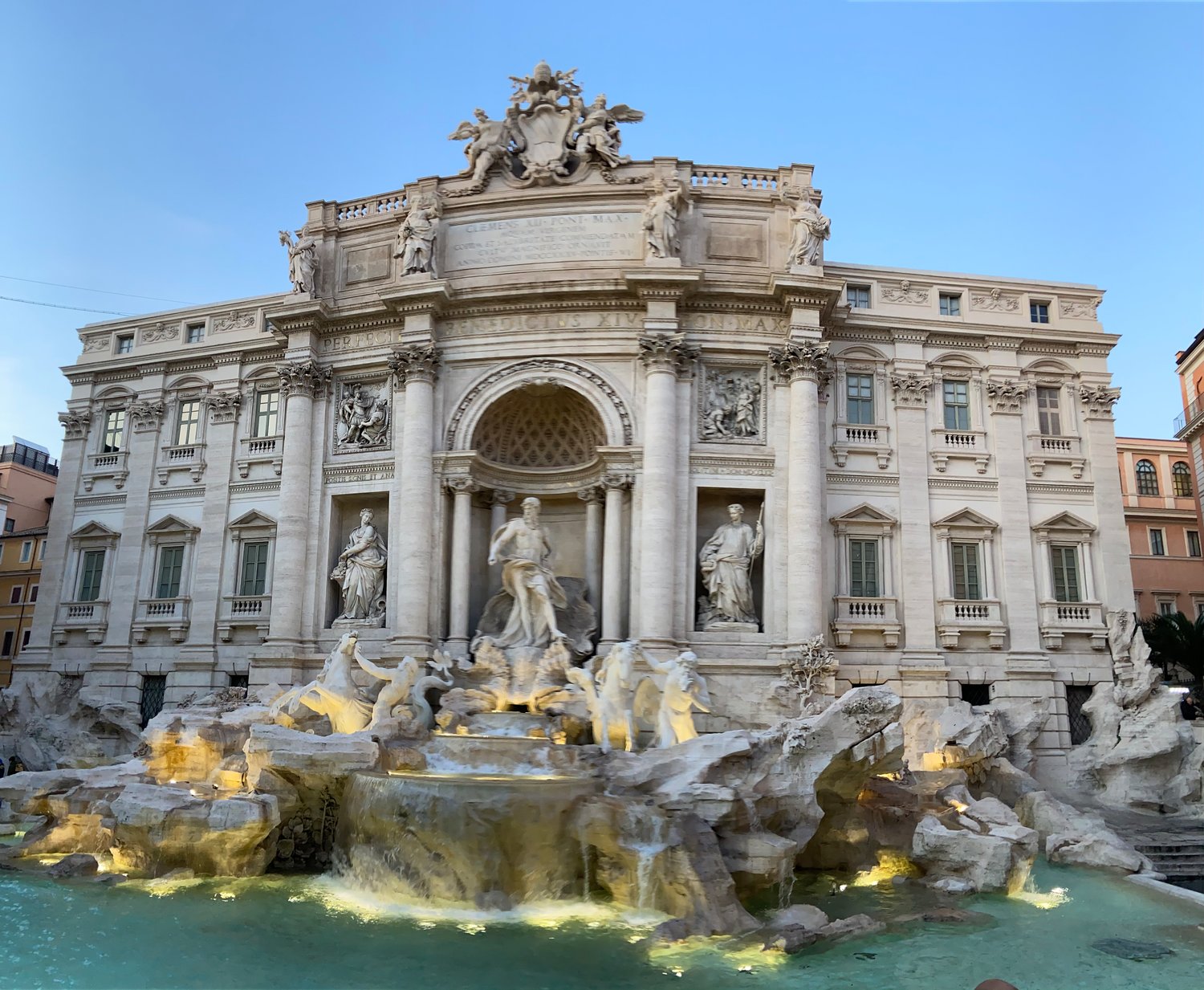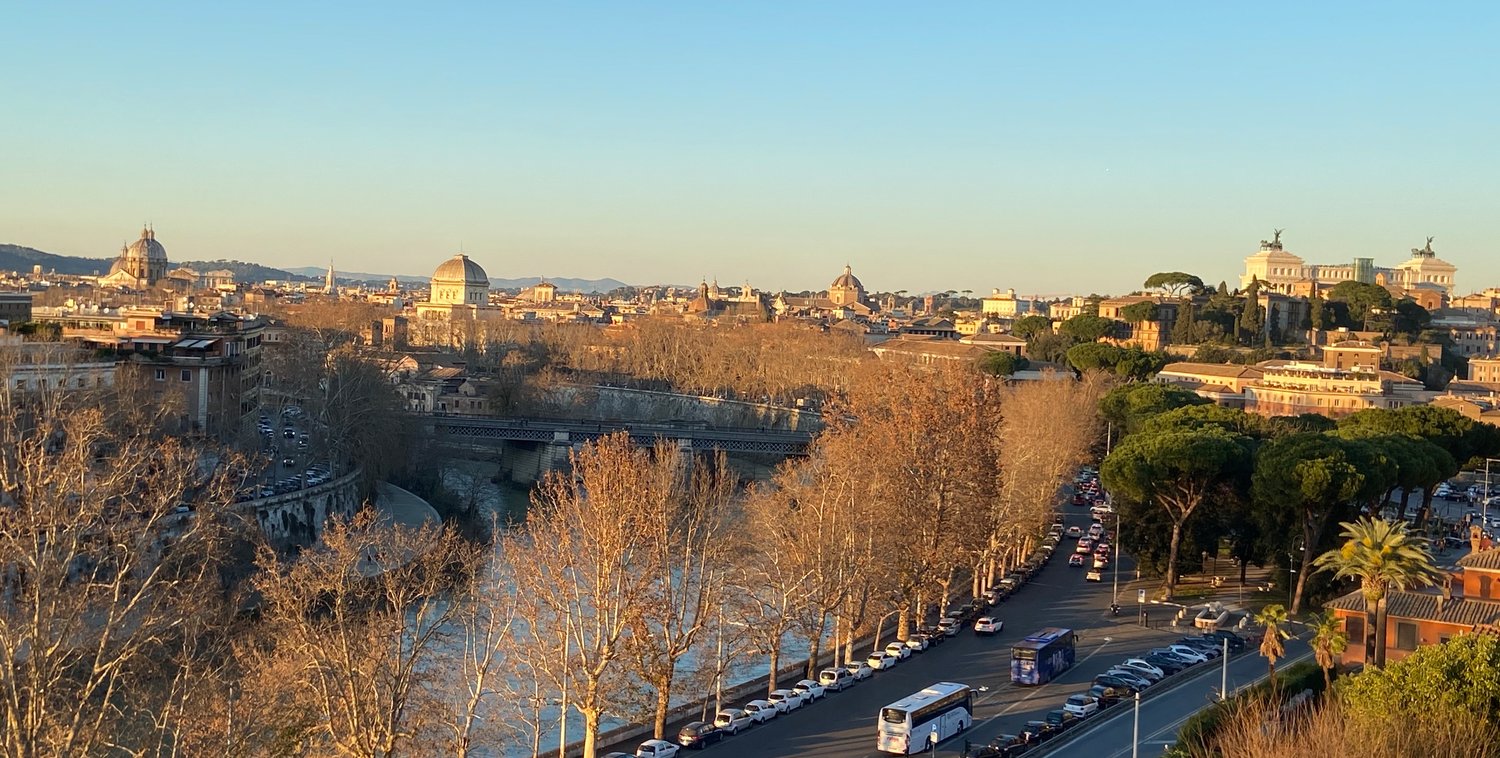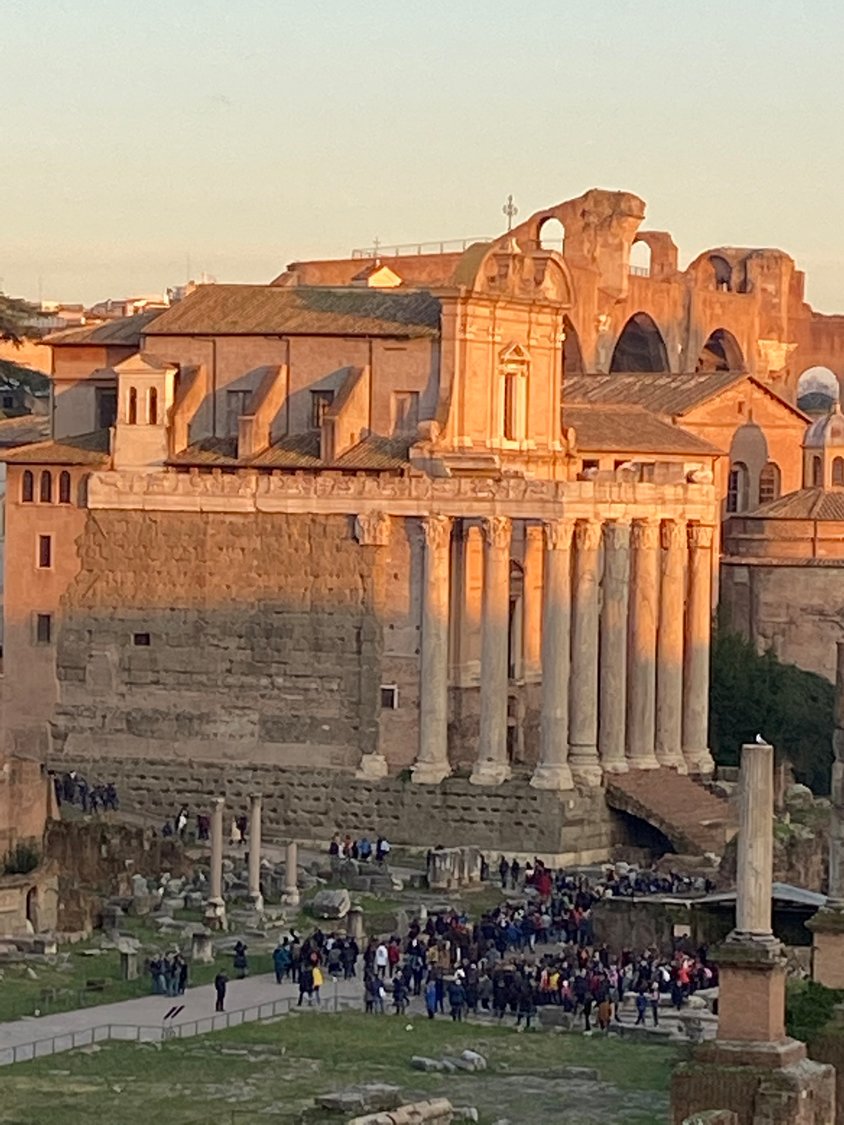Rome: the city of romance
If true love is eternal, then no city is more romantic than La Città Eterna. Love has always been part of the story of Rome.
Indeed, the single largest temple in the Roman Forum was dedicated to Venus and Roma: the goddess of love and the goddess that personified the city. Started by the emperor Hadrian, it was completed 20 years later by Emperor Antoninus Pius in 141 A.D.
Even so it cannot compare to a second temple completed by Antoninus that same year, which would become the most romantic of all sites in ancient Rome. Upon the death of his wife, Faustina the Elder, the emperor declared his wife a deity and erected a temple in her honor.
Its towering pillars atop a long staircase still figure prominently in the Via Sacra, near the tomb of Julius Ceasar. No empress had ever been given a permanent presence in the Roman Forum prior, but Faustina was much loved by the people of Rome for her charity to the poor and orphaned girls. Yet no one loved her more than the emperor. He is noted for saying that he would give up the empire in exchange for one more day with her. Fittingly, upon his death, the next emperor, Marcus Aurelius, rededicated the temple to both Antoninus and Faustina, an everlasting testament to one of the most touching love stories in ancient Rome.
Fast-forward to the 13th century and there is the Giardino degli Aranci (or Parco Savello), started when St. Dominic planted Rome’s first orange tree on the Aventine Hill. Just find a spot to take in panoramic views of Rome with the Tiber River flowing below as the sun sets behind the Vatican, surrounded by the scent of orange blossoms.
While there, don’t forget to visit the medieval Basilica of Santa Sabina or peek through the keyhole to the gardens in the Priory of the Knights of Malta for a unique view of St. Peter’s perfectly framed by hedges.
Young Casanovas, however, clearly prefer Ponte Milvio. While historians remember this bridge for the famous battle that secured the reign of emperor Constantine in 312 A.D., young Roman couples, inspired by a 2006 teen novel turned movie Ho voglia di te (I Want You), re-enact the famous scene attaching padlocks to chains wrapped around lampposts along the bridge. Once the lock is in place, they throw the key in the Tiber River below as a sign of their commitment.
In a less romantic update, however, authorities now regularly remove the chains and locks after a couple of lampposts almost fell into the river under their weight.
Another romantic site made famous the world over by a movie is the famous Fontana di Trevi. Nicolo Salvi constructed the current fountain in the 17th century, celebrating the history of its origins dating back to 19 B.C., when a virgin girl indicated its source to Marcus Agrippa, whose aqueduct still brings its waters to the city today.
It was long believed that to throw one coin in the fountain ensured your future return to Rome, but a 1952 American romantic comedy, Three Coins in the Fountain, made it popular to throw three: the second for romance and the third for marriage.
Today tourists throw 3,000 Euros in the fountain every day.
Another more modern tale involving the Trevi Fountain involves a Roman girl who falls in love with an American boy working for a multinational in Rome. Convinced that it would be easier to leave him after just three months together instead of waiting for him to be transferred to another country leaving her behind, she planned to break up with him when they met under the lamppost in front of the fountain.
He immediately objected saying, “Look, I would marry you right away, except that everyone would think we are crazy. So, we are going to have to wait.”
Two years later he brought her back to the same spot and proposed.
This is my favorite of all the love stories in Rome, because this is my story.
So, I invite you to visit Rome and discover the romance for yourself.
Who knows? Maybe you, too, will create your own story about eternal love in the eternal city.












